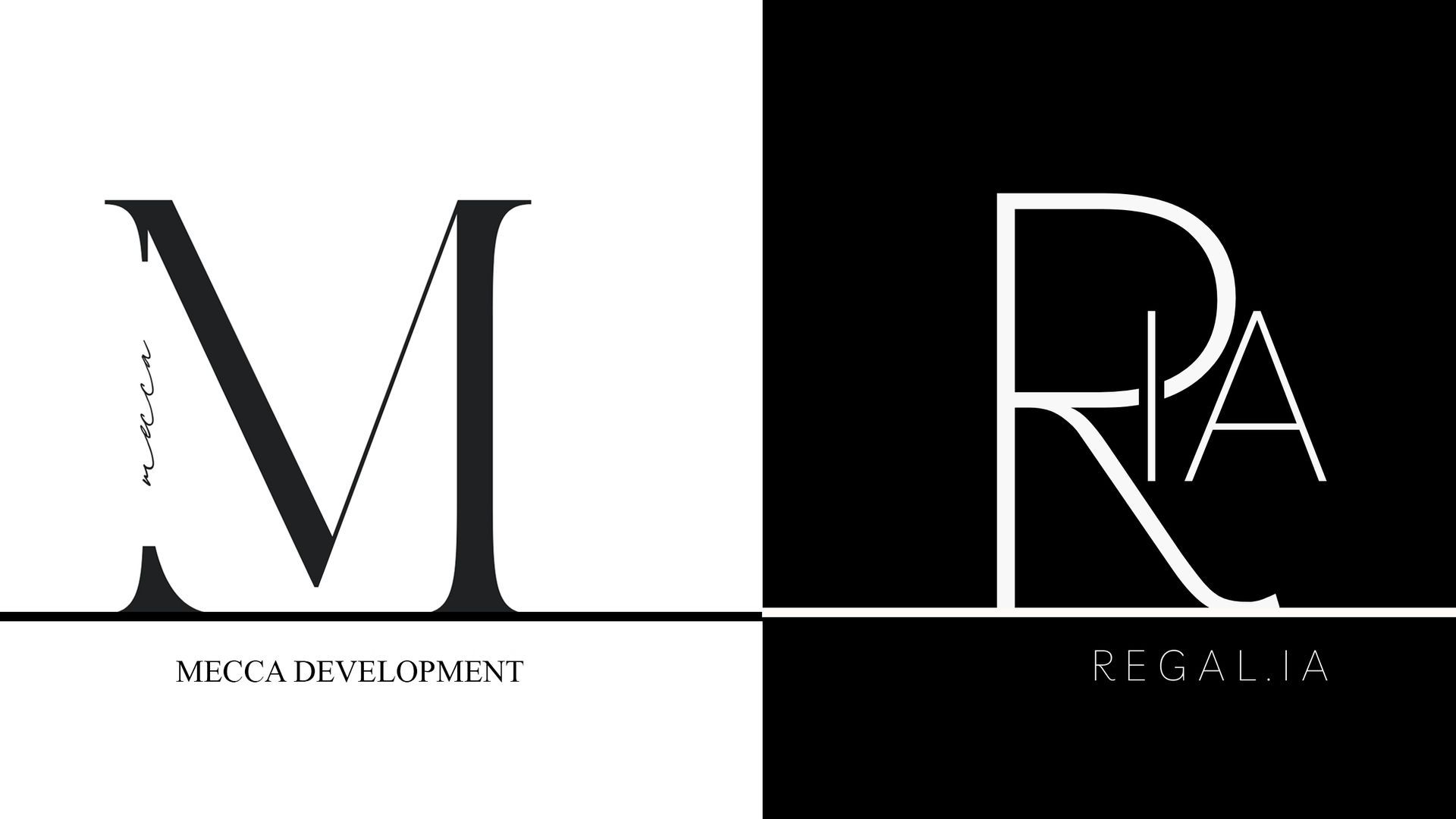Applied Research & Innovation
We bridge data, design, and community insight to advance equitable, climate-adaptive development.
Case Study —
Natural Material Analysis, Rwanda
Rwanda Natural Material & Climate Adaptation Study
Rwanda’s rapid urbanization presents a unique opportunity to align growth with regenerative design. Our research team conducted a comprehensive analysis of natural and hybrid materials — including volcanic stone, bamboo, eucalyptus timber, rammed earth, hemp, and agri-waste composites — to evaluate their life cycles, climate suitability, and cost effectiveness.
Through the
Climate Lens, we modeled how these materials perform across thermal comfort, carbon, and availability metrics. Using the
Insights Engine, we synthesized hundreds of documents — from policy reports to construction standards — to reveal where government plans, material supply, and funding priorities align or diverge.
Key Insights
The Rwanda study demonstrates how data-driven methods can unlock new economies for sustainable materials in both emerging and developed contexts. These insights now inform Mecca Development’s consulting work with cities, housing authorities, and design firms seeking to decarbonize existing building stock through adaptive reuse.
- Identified 7 regionally abundant natural materials suited for scalable, climate-adaptive construction.
- Developed regional radar charts comparing cost, labor, carbon, and durability to conventional materials.
- Proposed hybridized systems (e.g., hempcrete + timber, CSEB + steel, bamboo + composites) for adaptive reuse.
- Mapped supply chain overlaps between agriculture, manufacturing, and construction sectors.
- Integrated findings into Regal.ia’s Insights Engine, enabling interactive exploration of material potential by site and region.
Methodology
| Stage | Method | Tools & Outputs |
|---|---|---|
| 1. Data Gathering | Collection of policy, climate, and material datasets | Insights Engine – document analysis + alignment mapping |
| 2. Spatial Analysis | GIS-based overlays of risk, temperature, and resource zones | Climate Lens – interactive site dashboards |
| 3. Comparative Modeling | Benchmarking life-cycle, cost, and carbon data | Radar charts, carbon & cost dashboards |
| 4. Scenario Testing | Prototyping hybrid systems for adaptive reuse | Feasibility simulations + design visuals |
| 5. Knowledge Transfer | Dissemination via white papers and seminars | Publications, pilot partnerships, investor demos |
Rwanda’s building traditions reveal a deep relationship between material, climate, and community. Our research maps how these practices can inform low-carbon construction today.
Case Study —
Adapting Public Housing for a Climate-Resilient Future
Insights from the NYCHA Portfolio
The New York City Housing Authority (NYCHA) manages one of the largest portfolios of public housing in the world—over 300 developments that collectively house more than 400,000 residents. Yet these communities sit at the intersection of aging infrastructure, underfunded maintenance, and intensifying climate risks.
Through Mecca Development’s Climate Lens and Insights Engine, we examined NYCHA’s Physical Needs Assessment, Flood Resilience, and Climate Adaptation reports—alongside zoning overlays, environmental studies, and funding plans—to decode the relationships between capital planning, climate vulnerability, and material systems.
This analysis demonstrates how data transparency, regenerative materials, and adaptive reuse strategies can reshape the future of public housing—turning risk into reinvestment.
Key Insights
Our analysis found recurring disconnects between resilience policy goals and budget allocations. Funding streams are often siloed—energy retrofits, flood mitigation, and modernization exist as separate efforts, reducing overall efficiency. The Insights Engine flagged multiple instances where climate-vulnerable properties were not prioritized in capital planning, despite available environmental data.
Material inefficiencies and outdated maintenance cycles create both cost and carbon burdens. Modeling revealed that retrofitting 10% of NYCHA’s portfolio using regenerative materials (such as hempcrete, timber-steel hybrids, and low-carbon concrete) could yield up to 40% energy savings and extend asset lifespans by decades.
- 72% of NYCHA’s coastal properties face at least one major climate hazard by 2050.
- More than $78B in capital needs are projected by 2030—yet less than a third are climate-targeted.
- Retrofitting just 10% of buildings with regenerative materials could yield 40% energy savings and extend asset lifespans by decades.
- Cross-agency collaboration remains fragmented—highlighting opportunities for integrated funding strategies.








